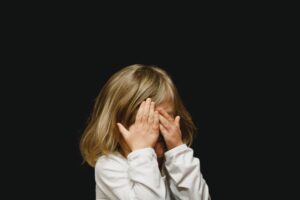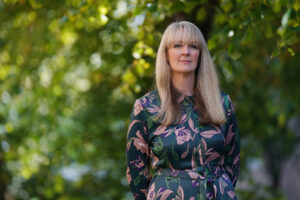Feature: Child sexual abuse is a ten-billion-pound problem
In this feature the Chief Executive of The National Association for People Abused in Childhood (NAPAC), Gabrielle Shaw, talks about why child sexual abuse is a ten-billion-pound problem in the UK and what can be done to prevent it.
The UK is now in the midst of a ten-billion-pound public health crisis, and it is highly likely that you, or someone you know will have been affected by it.
Recently, the Home Office published a report on the economic and social cost of child sexual abuse, in which it estimated the financial and non-financial (monetised) cost relating to all survivors who began to experience or continued to experience child sexual abuse in England and Wales up until April 2019 as at least £10.1 billion.
So, what does that ten billion mean? And how have we found ourselves here?
Well, according to the Crime Survey for England and Wales, at least 3.1 million adults currently living in England and Wales were sexually abused before the age of 16. Indeed, the latest statistics from the UK government found that half a million children in England and Wales experienced sexual abuse during 2019 alone. These worrying figures are also reflected in NAPAC’s own data, with approximately 64% (7,100) of callers to our support line over the past 18 months citing childhood sexual abuse.
As for what the ten billion represents, approximately half of this is the estimated monetised cost of the physical and emotional harm of the sexual abuse, 13% is the lost economic output because of the abuse, and two billion of this is the cost of safeguarding.

Clearly, the widespread nature of this abuse is indicative of a public health crisis with extensive negative consequences on both a personal and an economic level. As such I’d like to focus this piece on robust safeguarding tips that anyone can employ when caring for a child.
Know the warning signs. As a rule, humans are creatures of habit. We are predictable in our routines. Have there been any unusual changes in your child’s behaviour? Has their mood changed? Have they made new online or offline friends that they are particularly secretive about?
The latest ONS statistics found that over the past 12 months around 1 in 10 children aged 13 to 15 years reported receiving a sexual message, while 1 in 100 reported sending one. Parents must encourage transparency in what their child is doing online and how to be safe in an online environment, as statistics show that approximately 212,000 10–15-year-olds have had in-person meetings with an online friend over the past year.
In the case of younger children, a useful technique to teach them is the PANTS rule. This simple, informative acronym will help children to recognise inappropriate sexual contact and know what to do if something happens.
Finally, when a child speaks up about abuse – believe them.
It is a difficult thing to hear, particularly when it implicates someone you thought was trustworthy, or when the abuse comes from another child where it could be dismissed as ‘exploration’ or ‘pushing boundaries.’ But this is damaging, it’s important that the child feels believed and secure. It is especially important to ensure that a child who has disclosed is supported, and that actions are taken to prevent the abuse continuing. You can contact the local children’s social care team, the police, the NSPCC or Childline to report the abuse of a child.
Child abuse is a public health issue that is not going away. In order to fully support survivors and safeguard children, local communities, public health bodies, non-profits and governmental departments must work together to provide a better quality of prevention and care.
Photo by Caleb Woods















